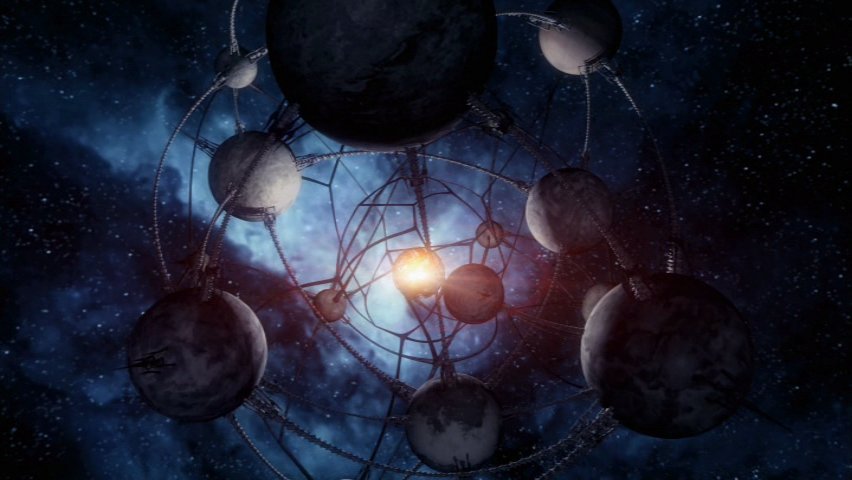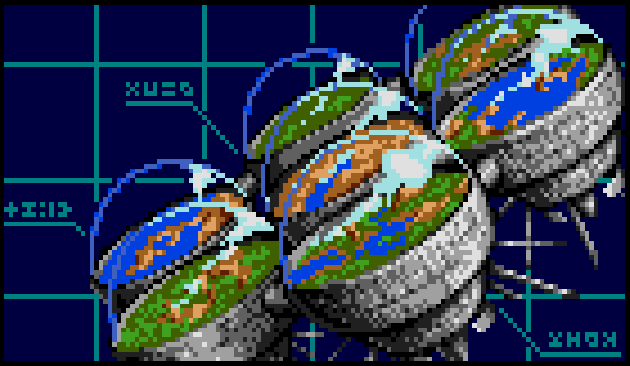Hail folks.
I've been reading a lot about generation ships lately and this occurred to me: imagine a ship that tries to emulate perfectly life on earth (atmosphere and all).
Leaving aside the matter of how they emulate the sun, let's say the night sky view is just plain space through where the ship flies.
Does that mean the sky will be different at each nightfall (misplaced stars and stuff) since the ship is moving?
I would appreciate if you guys could elaborate detailed on this.
Sorry for my poor english; I'm not fluent.
Thanks.
EDIT 1:
My main concern is: how often would the night sky (space itself) would look like different for the people aboard (which are unnaware they live on a generation space ship)?
A ship crossing the universe for millenia would see differents sets of stars over time. How often that would happen? Could it happens within a same generation?
Now, I imagine that would really depend on how fast is the ship travelling; let's assume it's 1/10 of the light speed (can humans support more?)
I'm imagining a more fantasious ship, say, like the Magog Worldship from old "Andromeda" TV Series, or even like those from infamous Phantasy Star 3 game - notice that these last lack a emulated sun and their domes could (I suppose) see the space at night.


